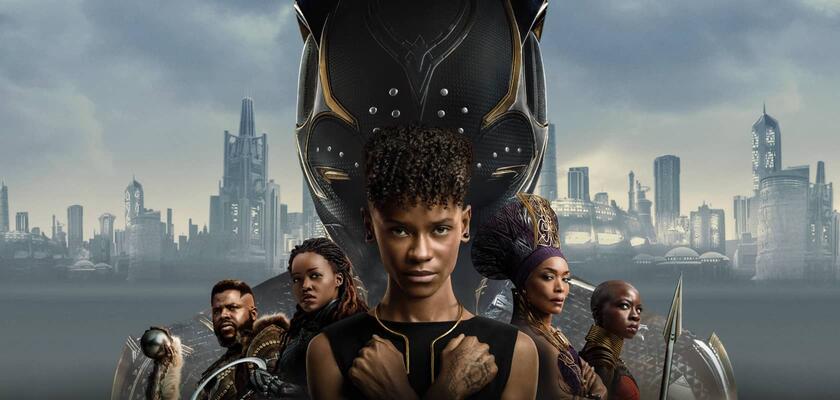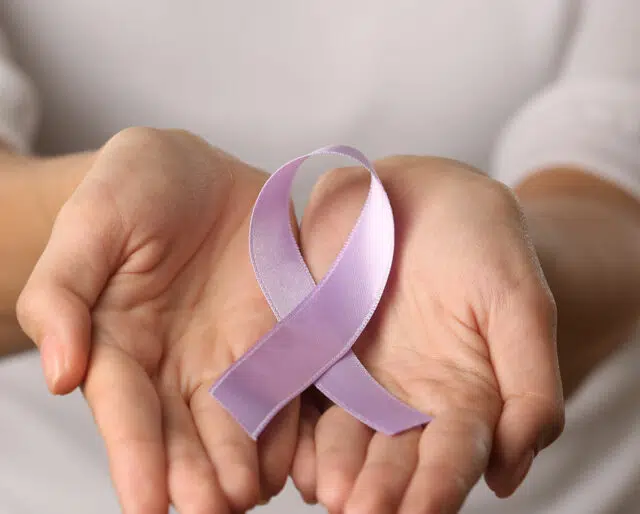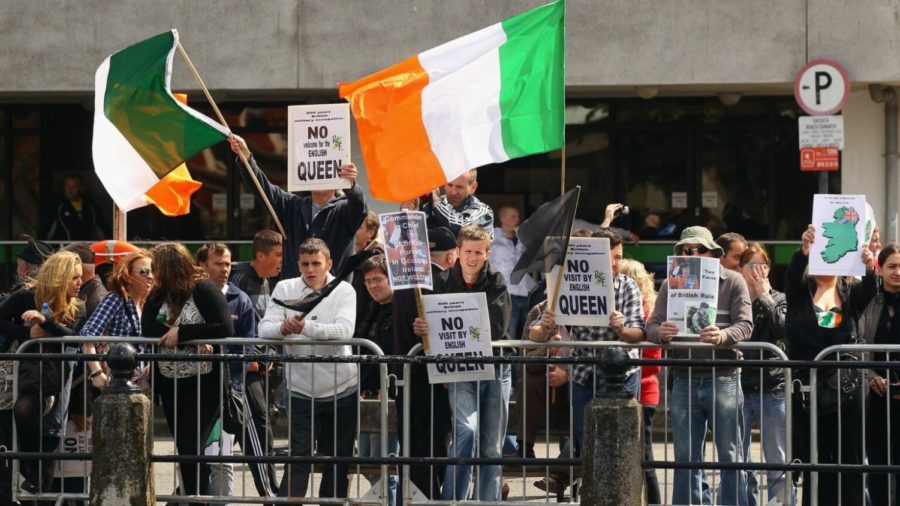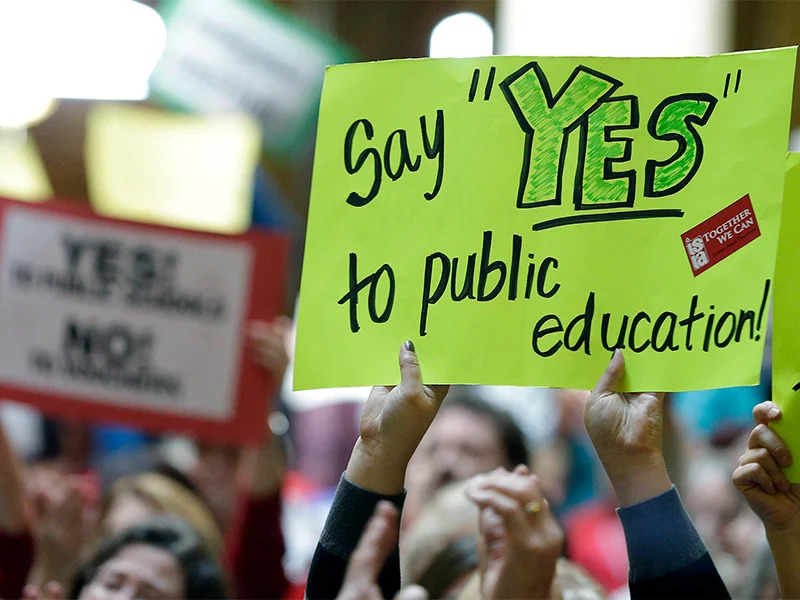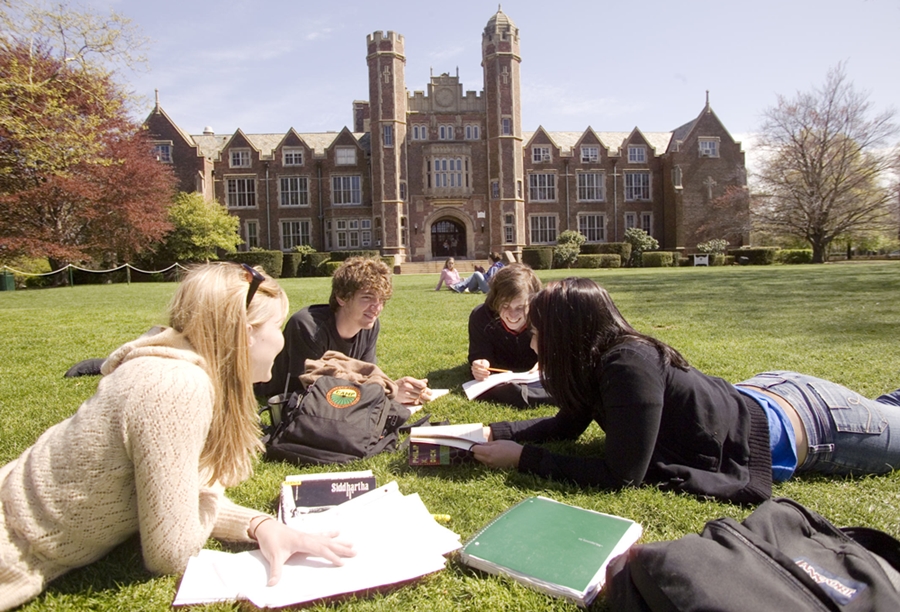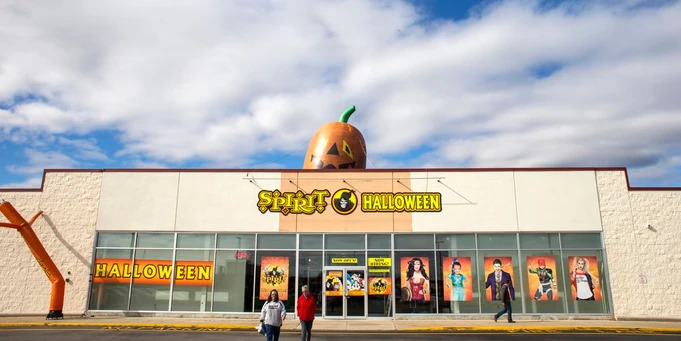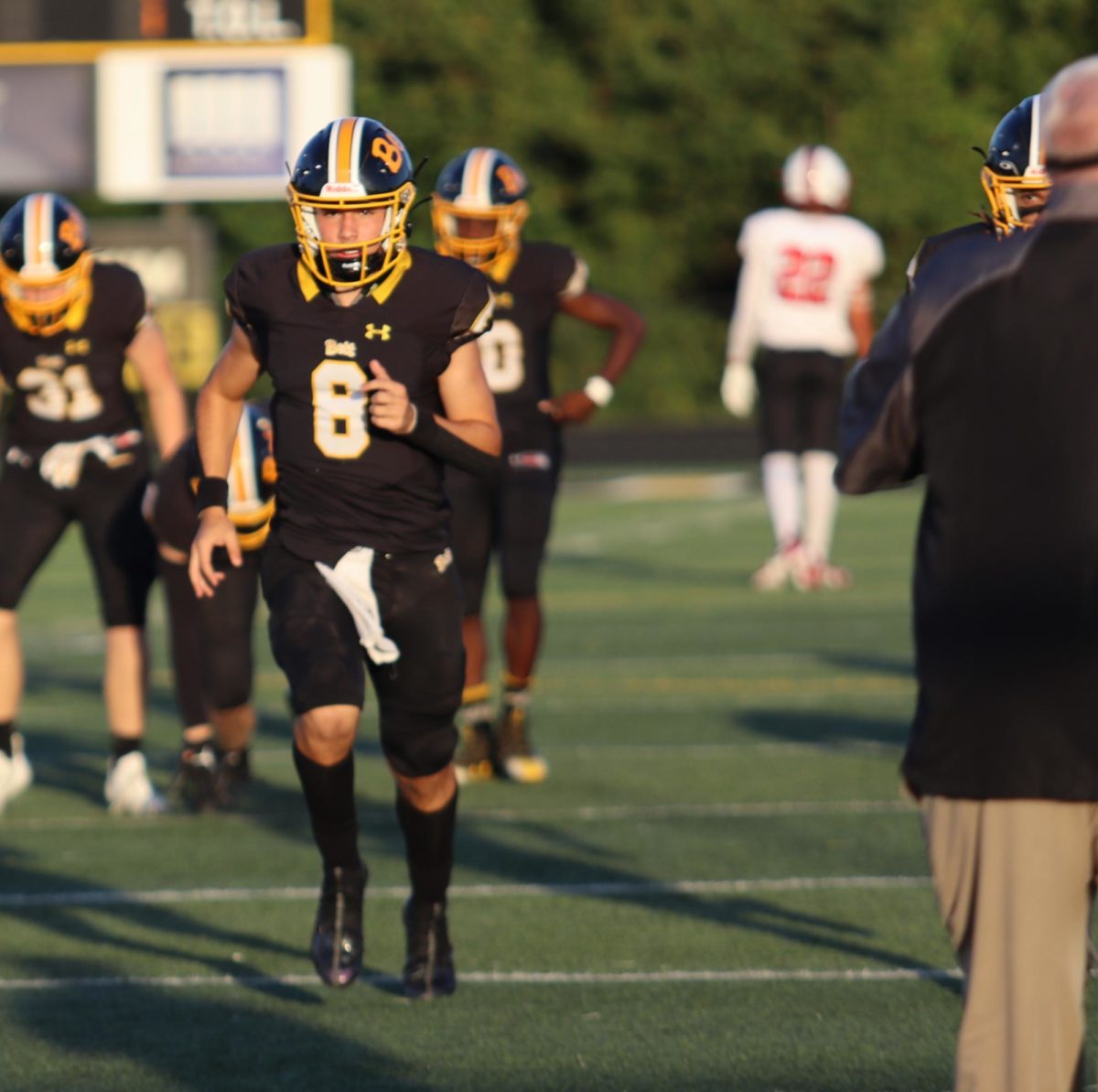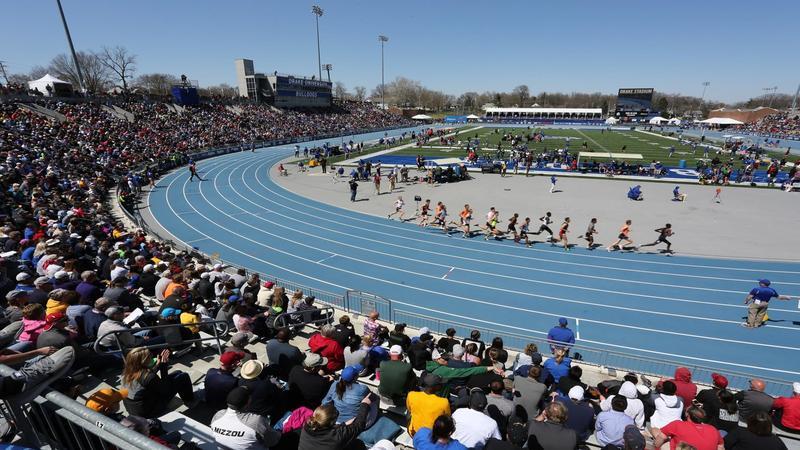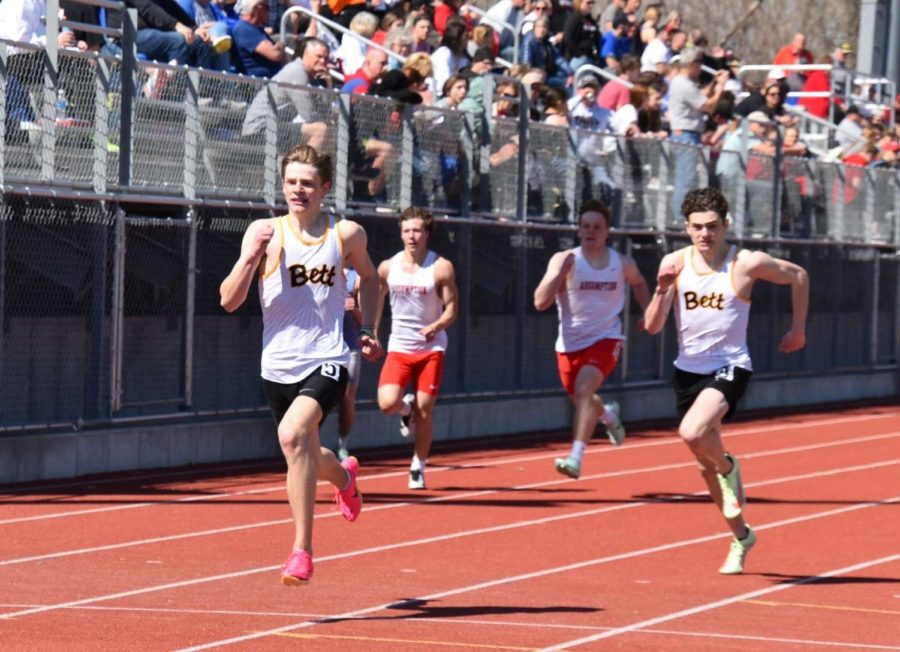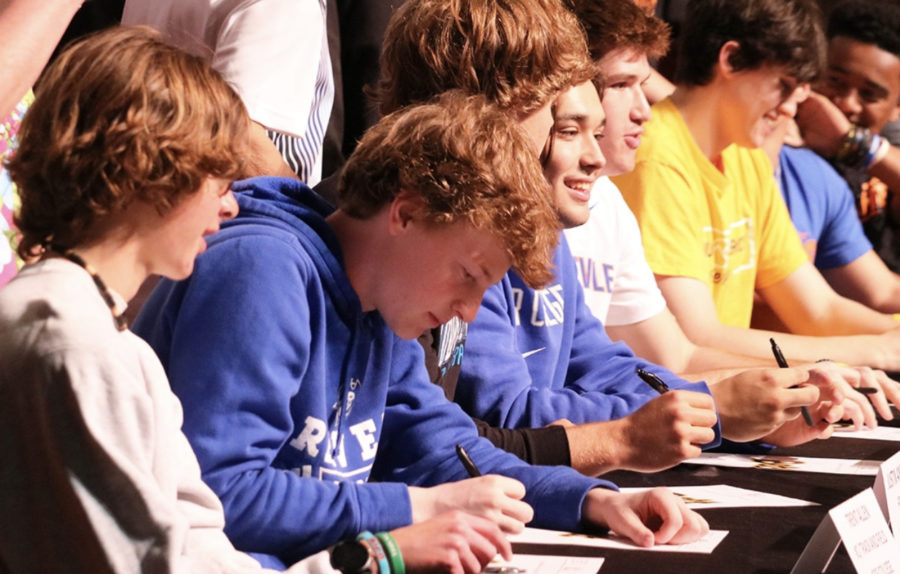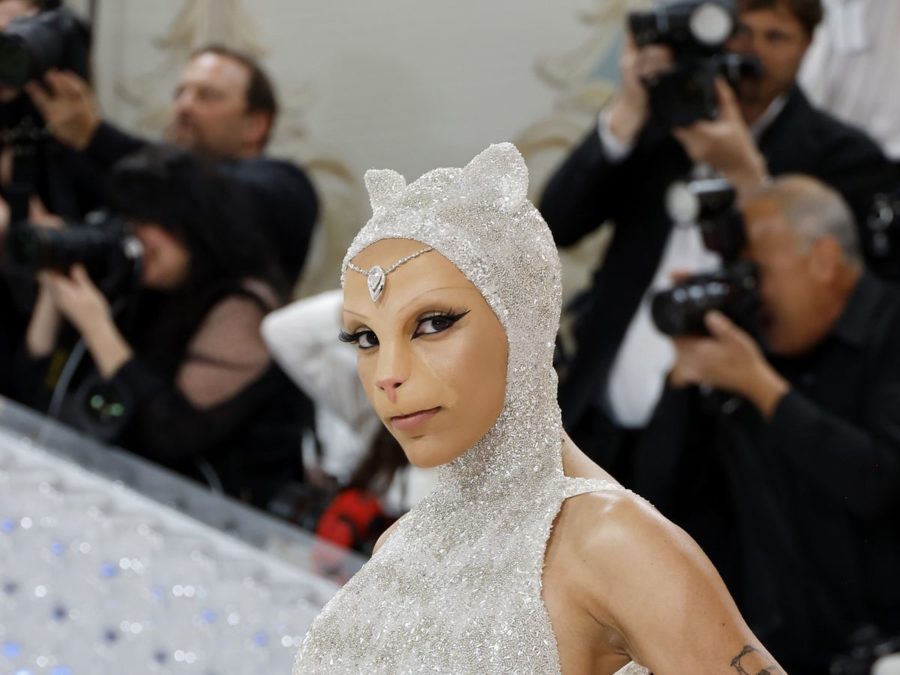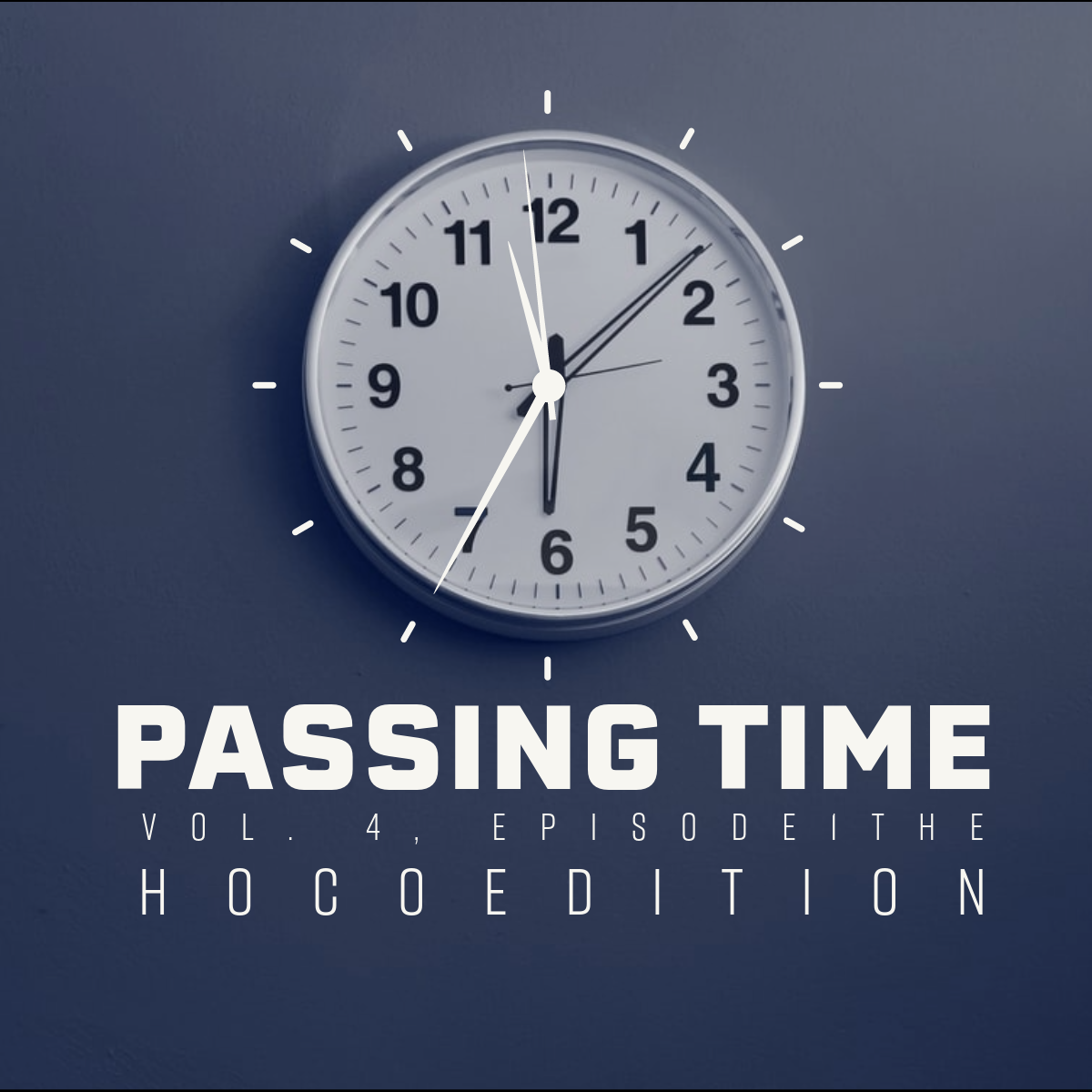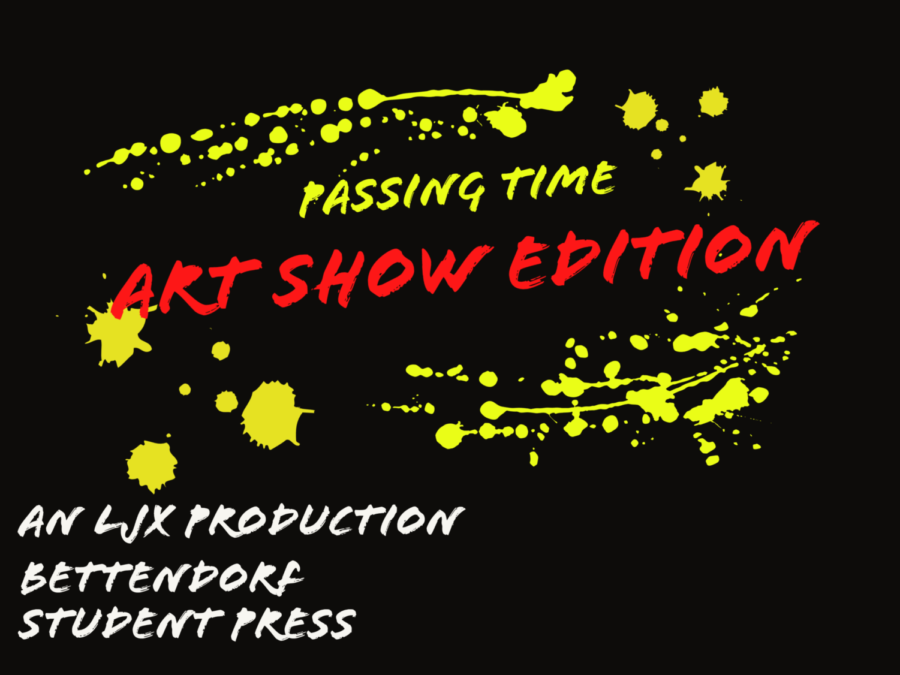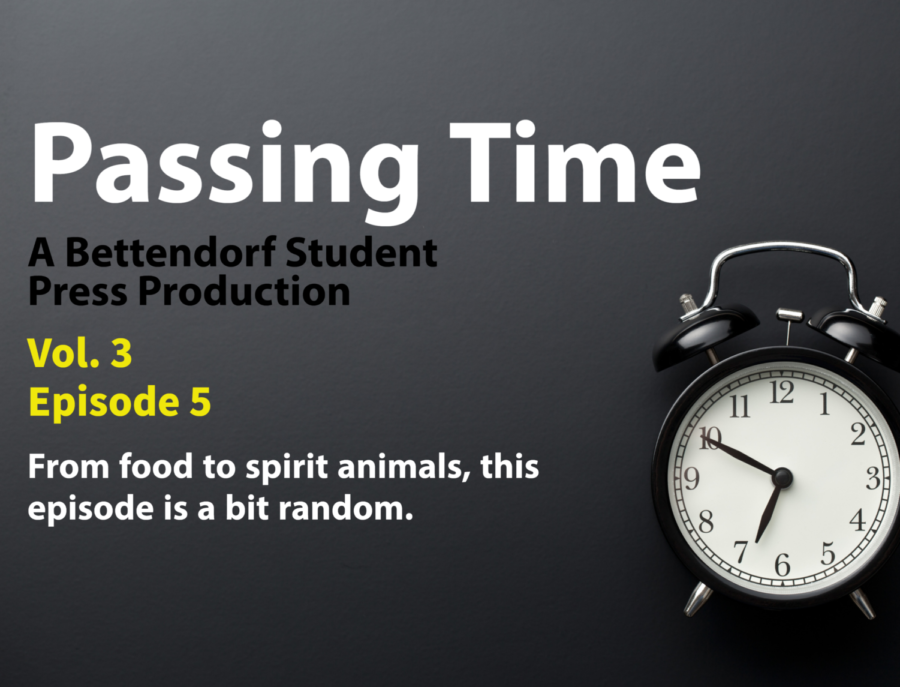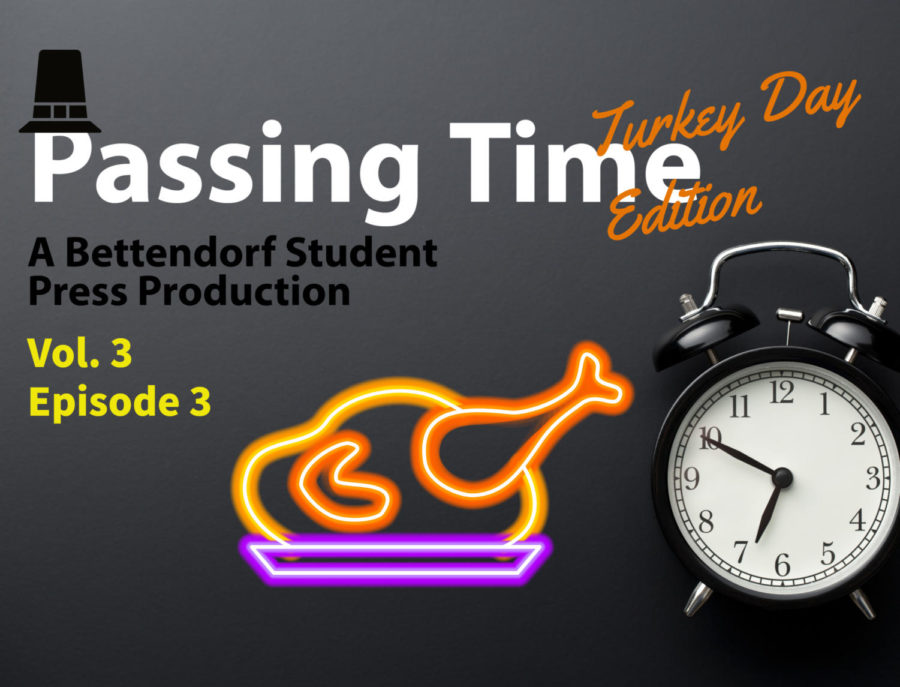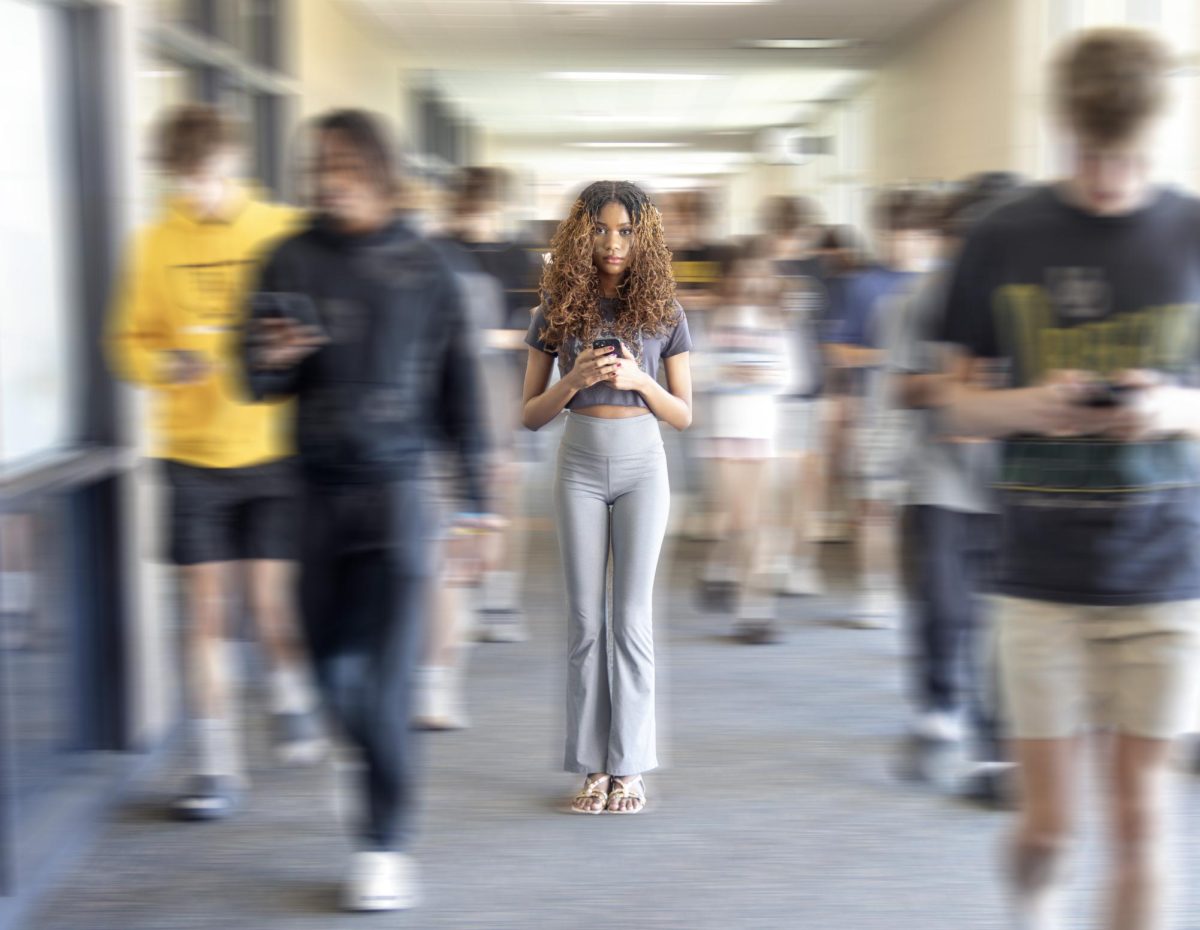Iowa schools need to stop using Native American mascots
April 18, 2023
On March 29, I attended a student council district conference at Oskaloosa High School in Oskaloosa, IA.
It was my first time visiting the school. The simple main street with local shops and a solemn atmosphere made me feel like I was in any other rural community I had visited before. The school was simple, and some sections looked recently renovated, but to my surprise, the district’s mascot, a Native American chief, was not.
The mascot controversy became well known when the Washington Redskins, an NFL team from Washington, D.C., changed their name to the Washington Commanders in February of 2022 after Nike discontinued the team’s merchandise. Many changes throughout the country followed this movement, including high schools changing their mascots.
Oskaloosa students told me about a tradition where they write the names of new students on feathers and put them on a Native American chief in the commons. Additionally, the school had constant reminders of its mascot with slogans like “Home of the Indians” or a Native American chief on the school’s website. Another example is a fundraiser where they spray the head of a Native American on driveways for monetary gain.
This use of Native American imagery is cultural appropriation, the use of culture for benefit. This becomes controversial when a dominant culture adopts from a minority culture. These examples show a level of disengagement between the community and the state because these actions are considered normal by schools, which are becoming followers of a growing trend of misinformation.
My experience is an unfortunate reminder that many high school mascots in the U.S. still hold derogatory bias, including several in Iowa. The Meskwaki Nation, Ponca Tribe of Nebraska, National Congress of American Indians, and American Indian Council collectively flagged 66 Iowan high schools for offensive mascots depicting Native Americans.
These mascots have negative consequences, and according to the American Psychological Association, “social science literature shows the harmful effects of racial stereotyping and inaccurate racial portrayals.” This research shows that native mascots lower the self-esteem of American Indian students, undermining their ability to practice spirituality and traditions confidently due to hostile learning environments. Studies also suggest that these mascots teach non-native communities that it is acceptable to participate in culturally abusive behavior, damaging the relationship between the two groups.
What steps can we take to become tolerant and compassionate people toward the Native American community?
Schools like Oskaloosa could participate in Adidas’ program, which offers financial aid to high schools to remove racist mascots, or support Native American groups struggle to change mascots with local and state governments.
Nebraska and Washington have requested education grants that would incentivize their states to change offensive mascots; Connecticut has restricted funding to schools with Native American mascots, while Maine, Nevada, and Vermont, among others, have officially banned all use of racial mascots.
Iowa can pursue change with the example of these positive influences and programs, which offer an alternative for high schools like Oskaloosa to change for a better future where Iowa can become accepting of all.






